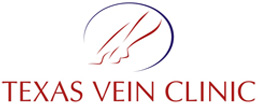| There are two types of blood vessels in your
leg. The arteries deliver blood away from the heart, while veins
transport blood back to the heart. Within the veins there are
a series of one-way valves. Varicose veins occur when the valves
within the veins malfunction. As you age, the veins lose their
elasticity, causing them to stretch out. As they stretch, the
valves continue to dysfunction and the blood that should be moving
towards your heart may start to flow backward. The blood pools
in leg veins, and they begin to enlarge and become varicose.
The veins lose their normal function and the ability to effectively
carry blood back to the heart.
Varicose veins can be more than
just an unsightly problem. The veins that are damaged can compromise
the nutrition of the skin and ultimately can end up with eczema,
inflammation or if severe, ulceration of the skin.
Varicose veins
can be painful and cause aching, heaviness and swelling.
Factors
that increase your risk of developing varicose veins:
- Age:
Varicose veins usually start appearing between ages 25 and 70
and get progressively worse over time.
- Sex: Women are more likely than men are
to develop varicose veins. The hormonal changes that occur
during pregnancy can exacerbate the process.
- Family History: Varicose
veins run in families.
- Obesity: Obesity causes more pressure
on the veins in your legs and promotes the bulging that ultimately
leads to the valves failing.
|

